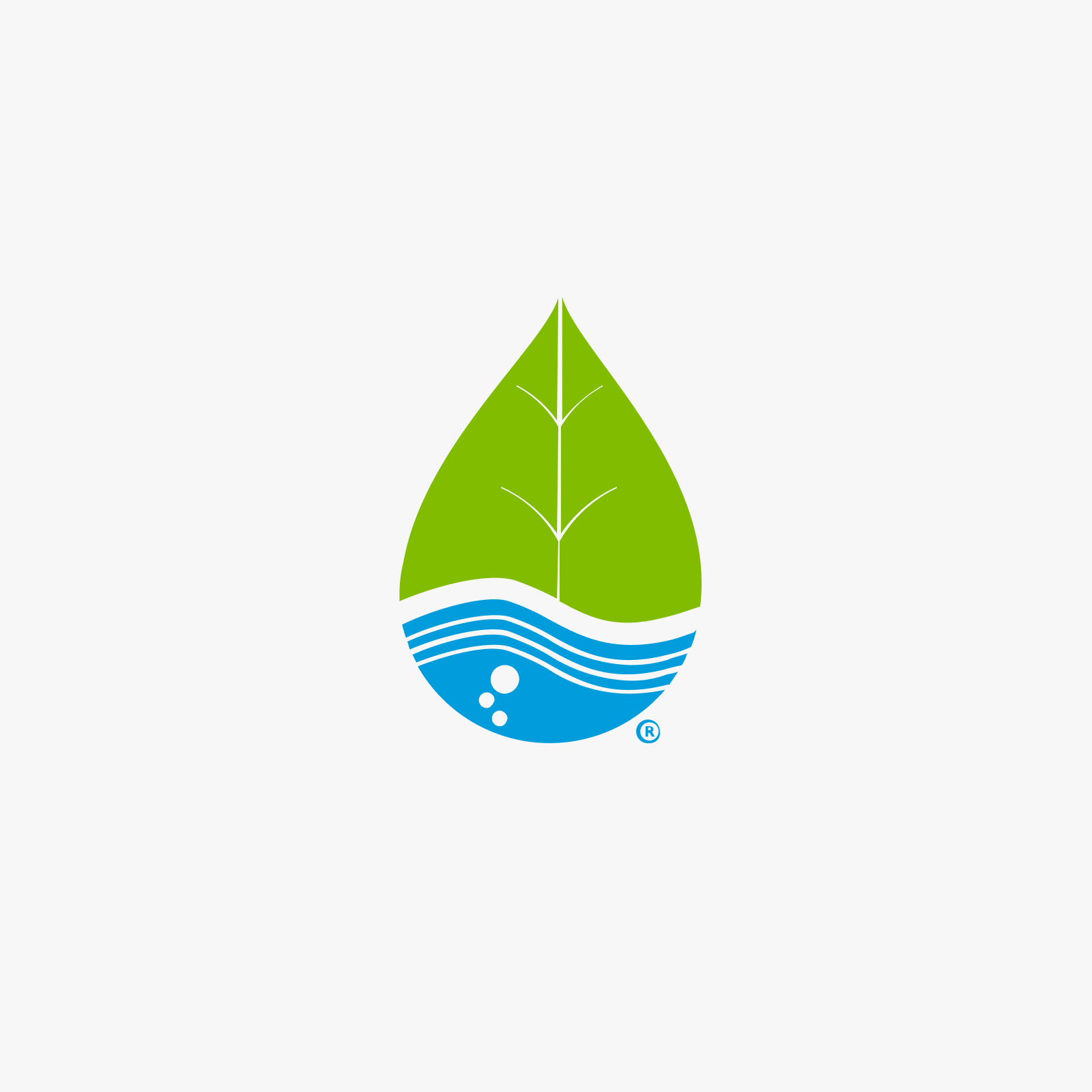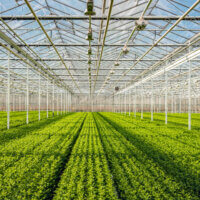Humidity is the measure of the volume of water in the air at a given temperature. Higher humidity (>75%) can lead to slowed growth due to reduced evapotranspiration and can increase the potential for disease that favors high moisture, such as powdery mildew. A circulation fan in the growing room and frequent air exchanges can reduce the amount of humidity in the air which will maintain an ideal environment for plant growth. Low levels of humidity (<20%) can also reduce growth by reducing the amount of moisture around the leaves of the plant which creates a situation of water stress in the plant. Using evaporative cooling or adding a humidifier to your growing environment can increase the level of humidity in the air and maximize the plant’s osmotic potential.
-

Light
The most essential requirement for growing plants is an adequate source of light. If you grow outdoors, an abundance of...
A difficult aspect of growing plants is how to deal with harmful insects and diseases. Pest problems can be dealt with by using clean plant stock, minimization of exposure to outside environments and monitoring consistently. If insects do make it into your environment, using beneficial insects to combat the harmful ones or spraying with a variety of products that are targeted is the last resort. Preventing disease is not always possible, but using clean plant stock, keeping the environment clean, and preventing environmental conditions that favor the disease are the best steps to take.
The temperature of a growing environment is crucial to maintain optimal growth and maximize the genetic potential of the plant. The ideal temperature will vary given the stage of growth and the type of plant being grown. During vegetative growth, plants are growing very rapidly and can tolerate higher temperatures than during fruiting and flowering. A typical safe range for vegetative plants is 75-80°F during the light (day) period and 55-60°F during the dark (night) period. For fruiting and flowering growth, the temperature range is 70-75°F during the day and 50-60°F during the night period. Monitoring the growing environment with a thermometer that has minimum and maximum temperature logging is a valuable tool to keep track of the fluctuation of temperature throughout the course of the day.
